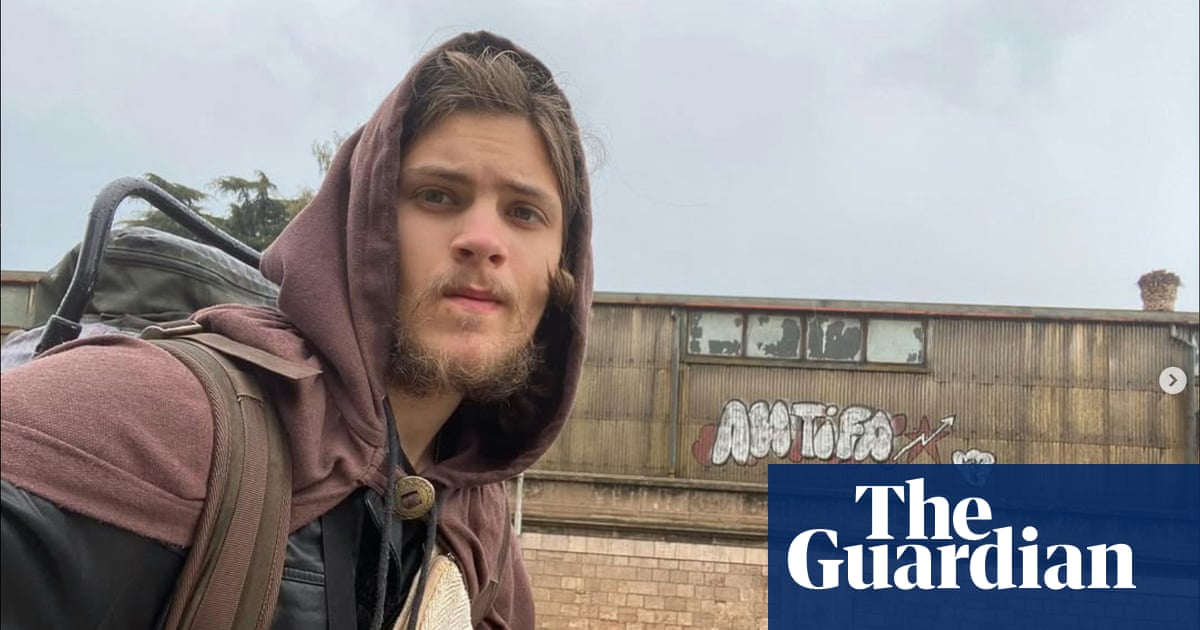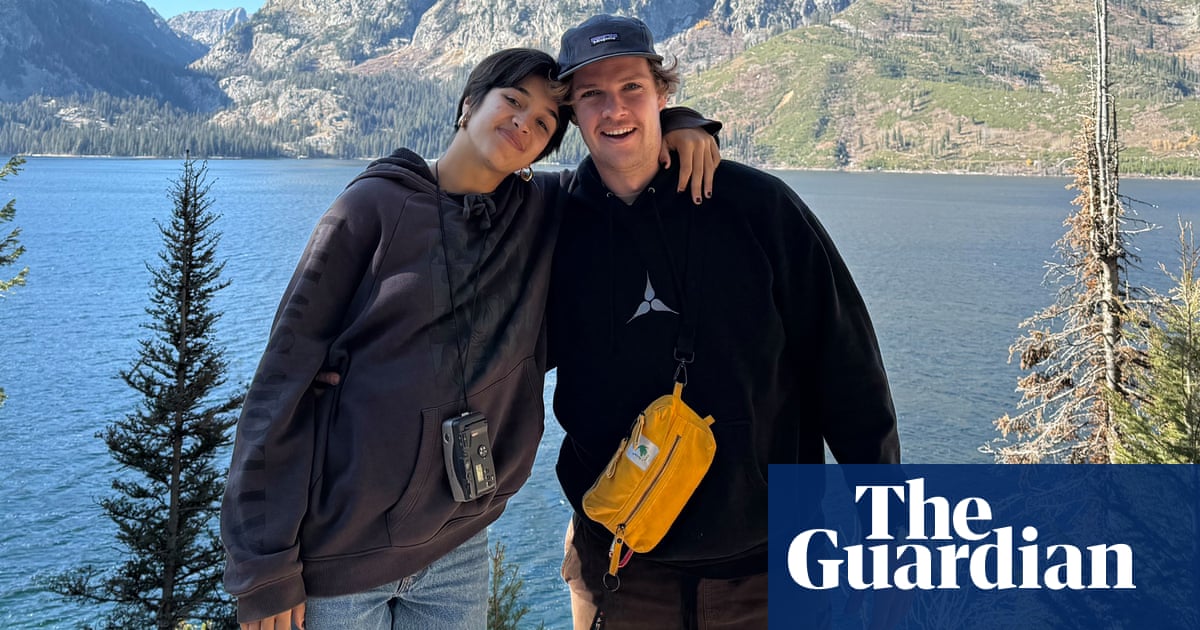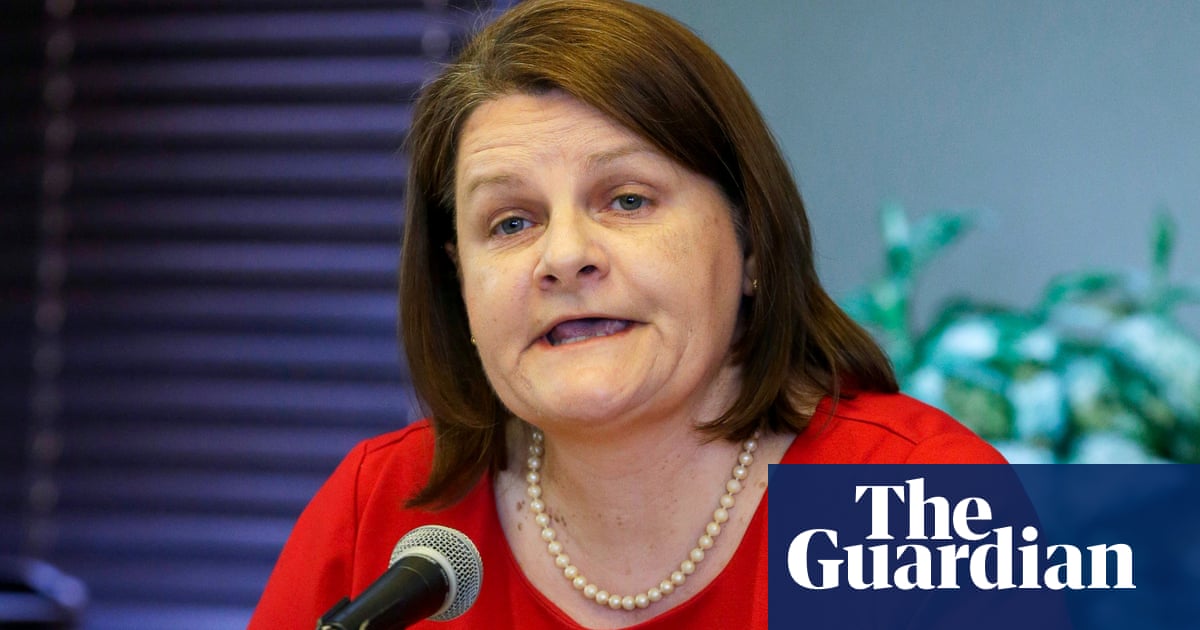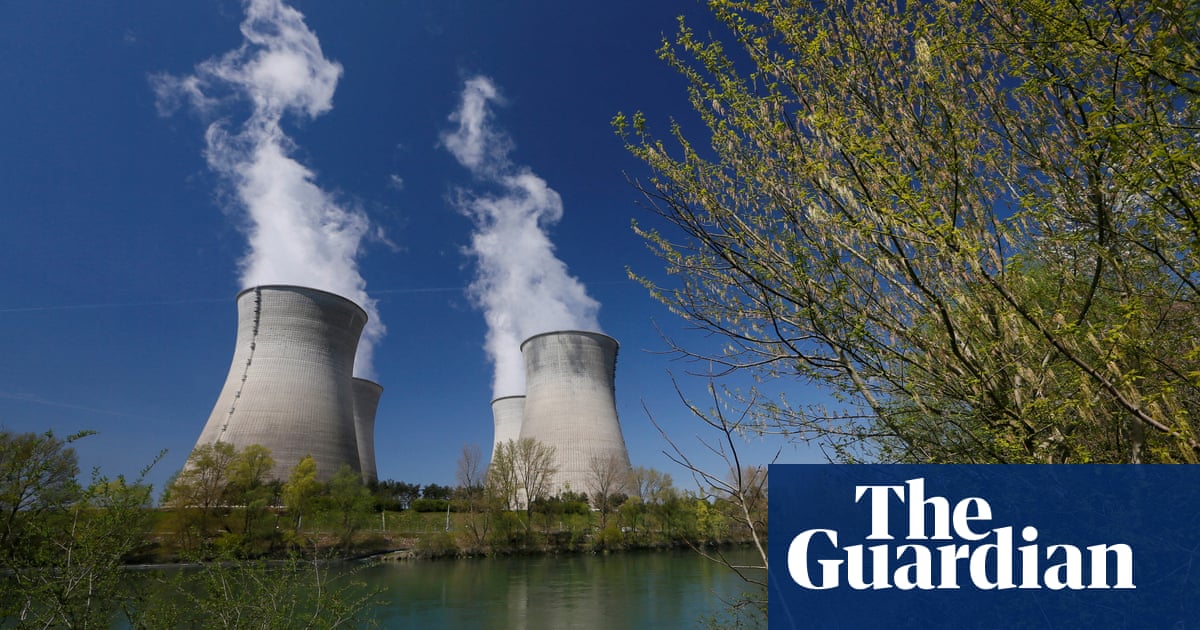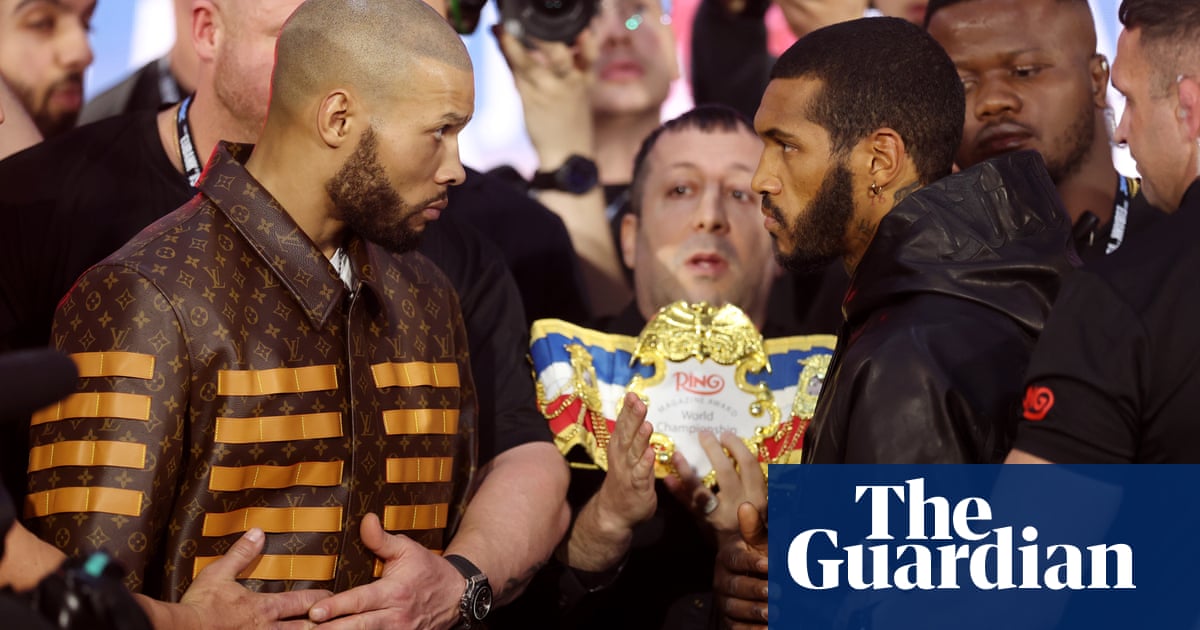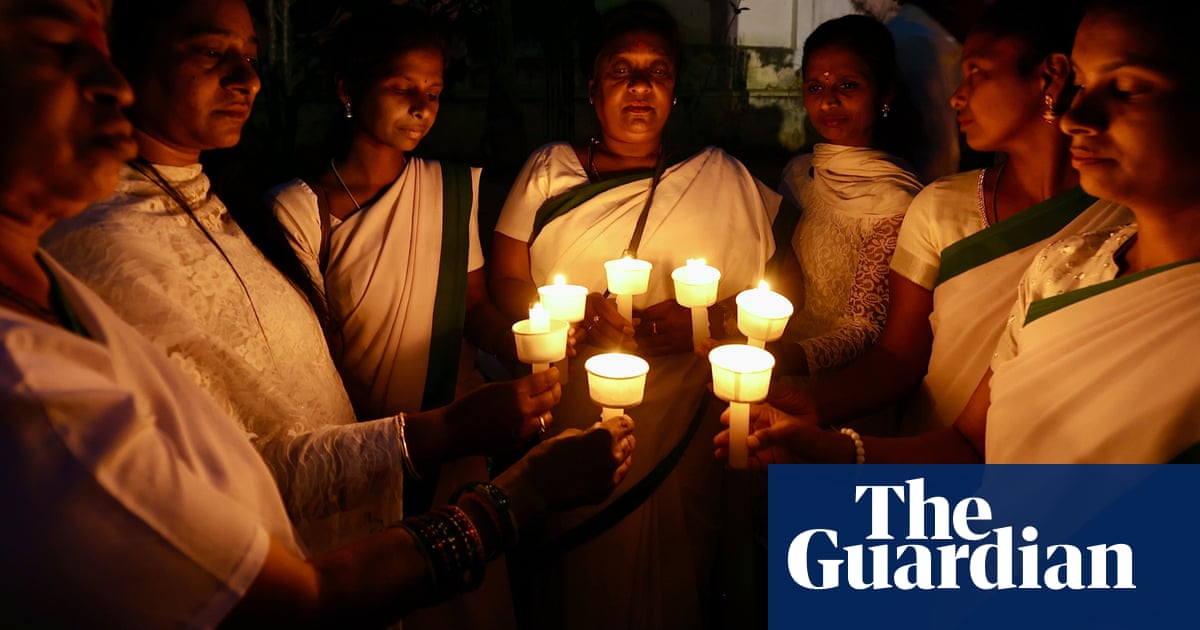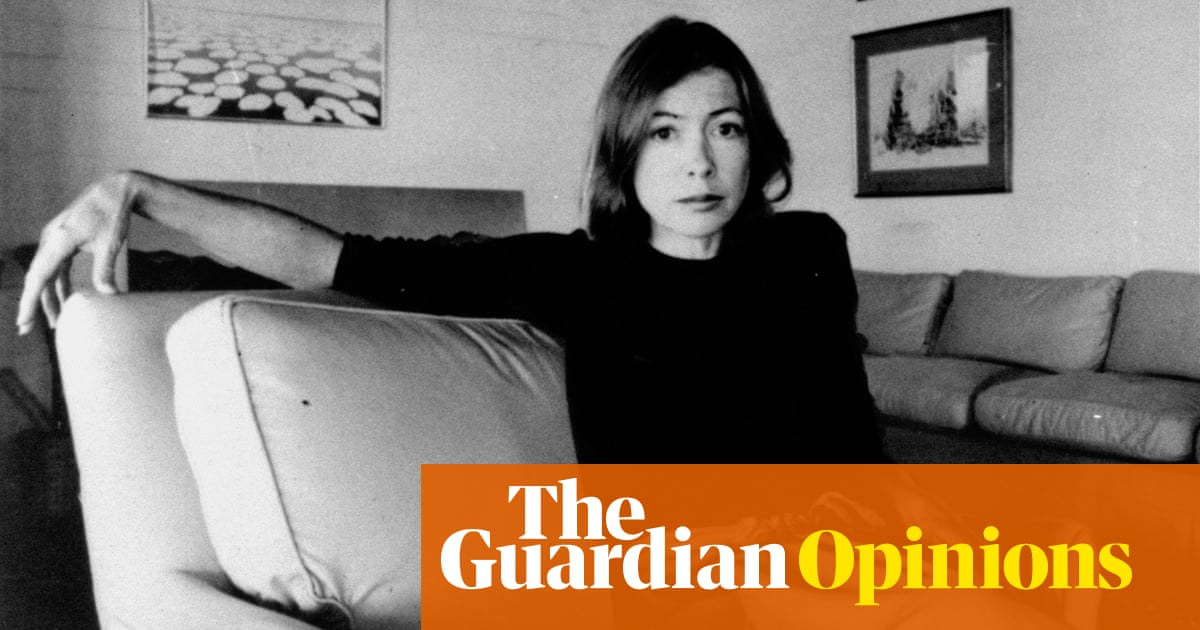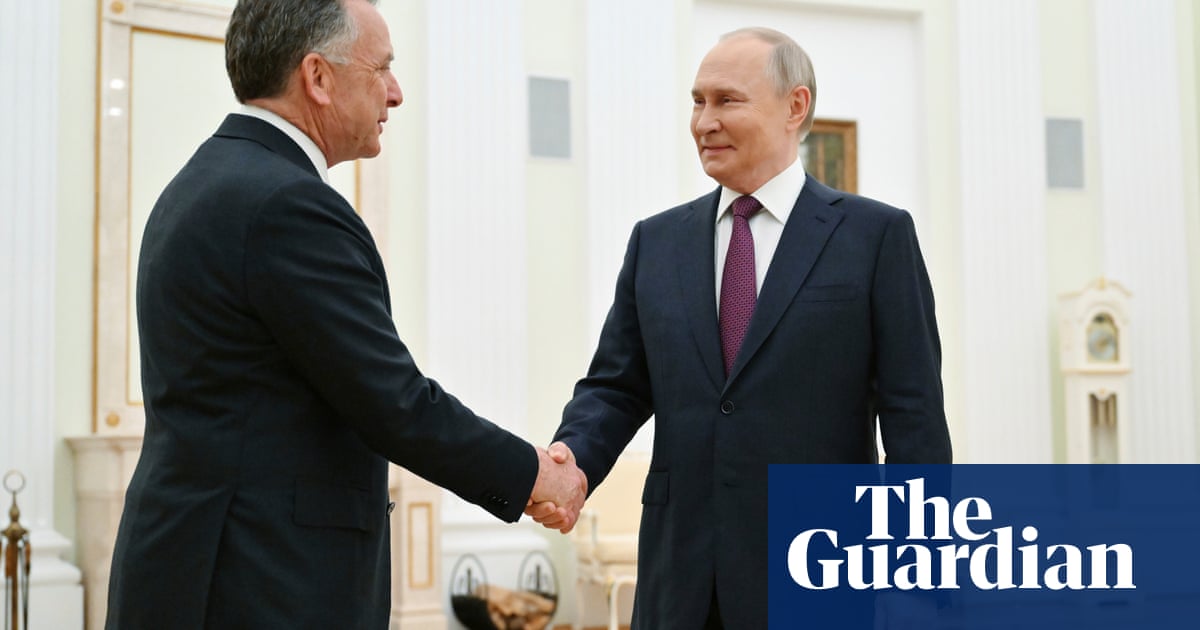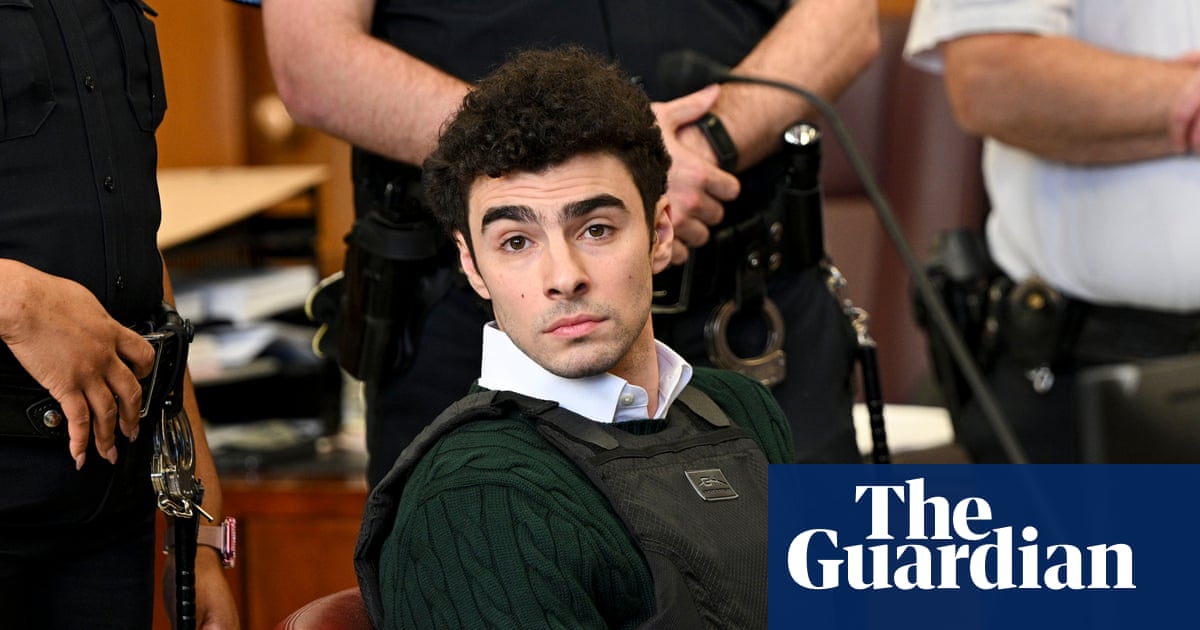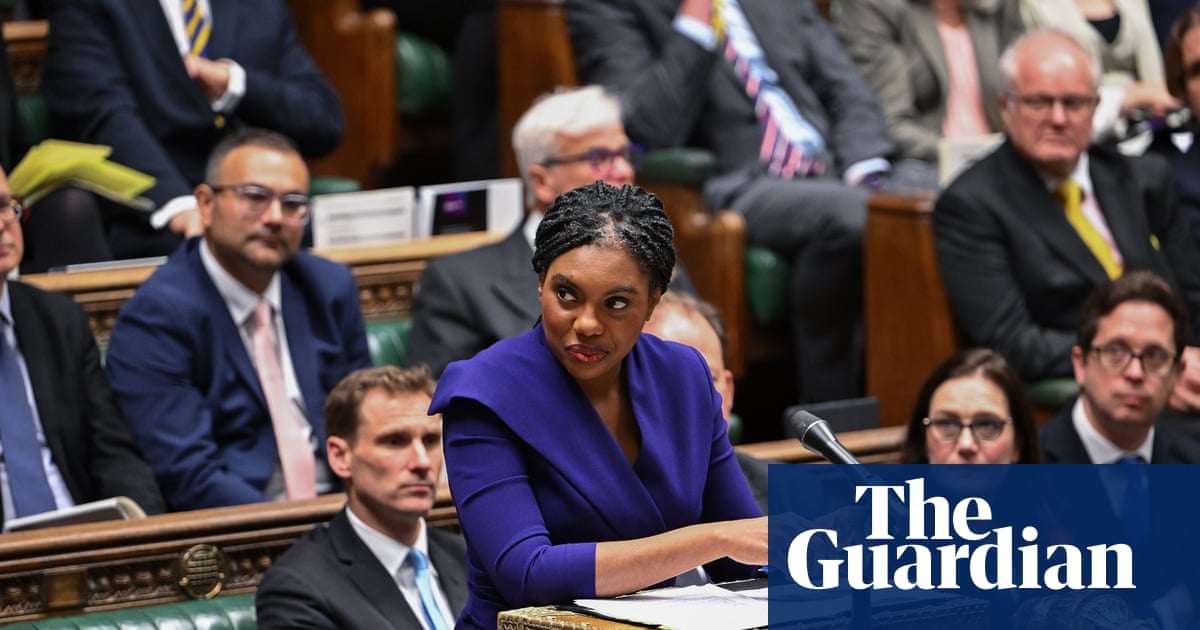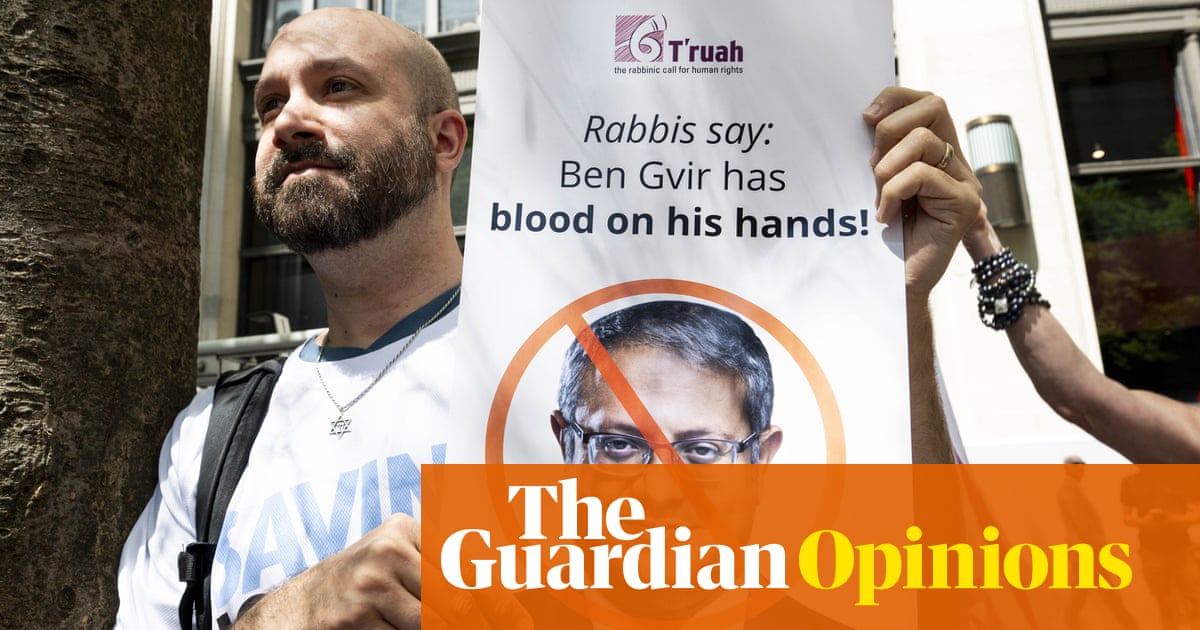Beneath the basilica’s soaring Renaissance dome, the body in the coffin looked unexpectedly small, even shrunken, and for those who had come to say goodbye that somehow felt apt. Francis was pope but he was still, amid all the pomp and circumstance, just a man.
His predecessors occupied plinths and alcoves around St Peter’s, figures of stone and marble with names etched in history books, while Jorge Mario Bergoglio lay in his wooden box, by common consent among mourners, a good man who did his best.
“He gave us a very simple message, and he opened my heart,” said Danilo Curti, 69, as people shuffled towards the high altar. As a youth, the retired salesman from Milan had “conflict” with the Catholic church but in Francis he saw compassion and sympathy. “A very beautiful man.”
Curti was among more than 130,000 people who queued to enter the great bronze doors and cast a final gaze on the body before Friday night’s ritual “sealing of the coffin”, and before cardinals, monarchs and heads of state turn Saturday’s funeral into a pageant for the ages.
Even for a city long accustomed to spectacle, it will be a logistical and psychological challenge, and there is a sense of Rome holding its breath as thousands of police deploy and tens and possibly hundreds of thousands of people converge.
Sadness at Francis’s passing is tinged with giddiness at holding the world’s gaze with what feels like a cocktail of funeral, Catholic jubilee and global political summit. Cardinal Vincent Nichols, the leader of Catholics in England and Wales, said the Vatican and Rome were masters of choreography. “They actually are geniuses at dealing with these big events. I think they’ve been doing it since the emperors ruled Rome – that they know how to deal with big egos.”

Sellers of papal memorabilia are doing brisk trade but Francis’s image and name are hardly ubiquitous, a sign perhaps that there is not the same personality cult, or calls for instant sainthood, that followed the death of John Paul II in 2005. Francis evokes affection and gratitude – “Grazie Francesco”, says a banner opposite the basilica where he will be buried – rather than intense reverence.
Historians will debate the legacy of a 12-year papal reign spanning 2013 until Easter Monday, when the 88-year-old died after a stroke, but many of those who paid homage to the corpse under the baroque canopy had already made up their minds.
“Pope Francis was full of humility. He was very humble and of the people,” said Breege Morris, a teacher from Dublin. “There was something so sincere and beautiful about him. It means everything to me to be here.”
Others credited his stoicism and humour in the midst of illness. “He was a great example of strength,” said Paola, 25, a pilgrim from the Italian town of Rieti.

There were no grandiose claims that Francis had reshaped geopolitics or transformed the church – Catholic doctrine and dogma remain largely unchanged – but there were paeans to his warmth and humanity and defence of the poor and the marginalised.
“He always took care of those who didn’t have much,” said Constantin Hanenberg, 33, from Germany. He singled out Francis’s advocacy for migrants and refugees. “I hope the next pope replaces that voice.”
Elisabeth Krupinsky, 20, a US student, said Francis had inspired people from all religious backgrounds. “He was such a great guy. He cared for all people no matter who or what you were. He was very accepting.” His remark in relation to LGBTQ people – “who am I to judge?” – resonated across the world, said Krupinsky.
“He was a powerful voice. To see this progressive force die makes me a little anxious.”
Social conservatives also found reason to laud the 266th pope, noting that he did not bow to pressure to change rules on female priests, same-sex marriage or abortion. Others who expressed disappointment the Vatican had not done more to reform institutions in the wake of sexual and financial scandals still believed the late pontiff had his heart in the right place. Like a Bernini sculpture, it seemed that Francis could be appreciated from multiple angles.

The queues at St Peter’s also attracted tourists whose visit to Rome had coincided with history and so they added coffin-viewing to the itinerary. Some took selfies as they neared the altar, drawing rebukes from Vatican officials. “No phones, no cameras!”
The funeral, however, will be filmed from every angle, with Francis’s plea for simplicity overwhelmed by a millennia of tradition and grandeur and 21st-century security.
After the funeral mass at St Peter’s square ends, and the prime ministers, presidents, kings and queens disperse, ordinary people will get a final chance to salute the late bishop of Rome – reportedly his favourite title – when the coffin is transported across the city to Santa Maria Maggiore (Saint Mary Major), a fourth-century basilica that Francis requested as his burial place, instead of the traditional, and grander, St Peter’s. A group of the “poor and needy” will greet the coffin, the Vatican said.
Some pilgrims and sightseers were already gathering at Santa Maria Maggiore on Friday afternoon. Among them was Barbara McCourt, a Catholic from Zambia who had viewed Francis lying in state. “It was quite emotional. He looked smaller than I expected.” She will miss the Argentinian pope. “He didn’t judge people. He was caring.”

.png) 6 hours ago
7
6 hours ago
7
